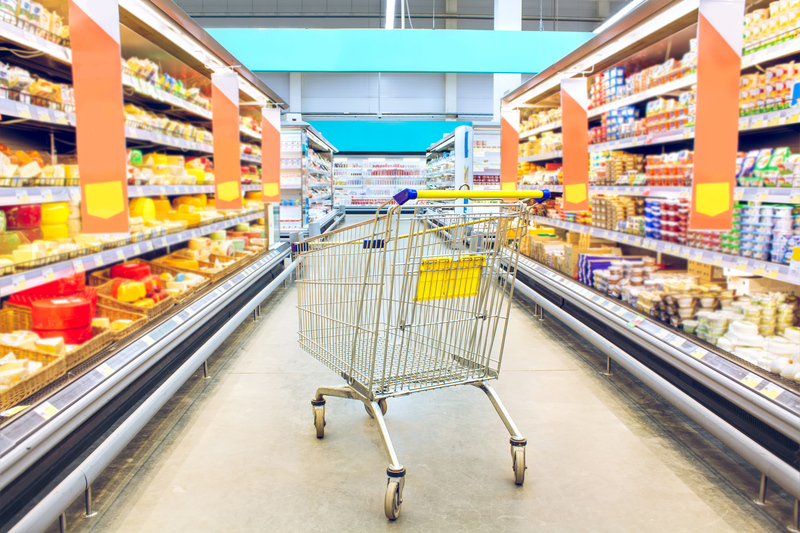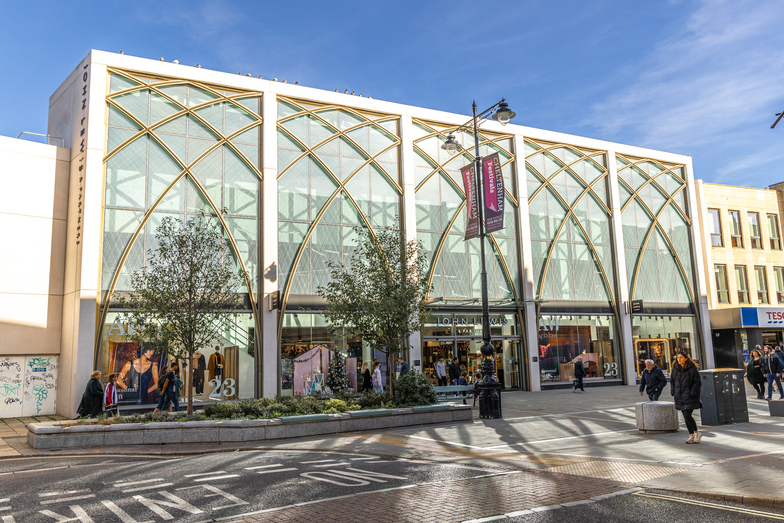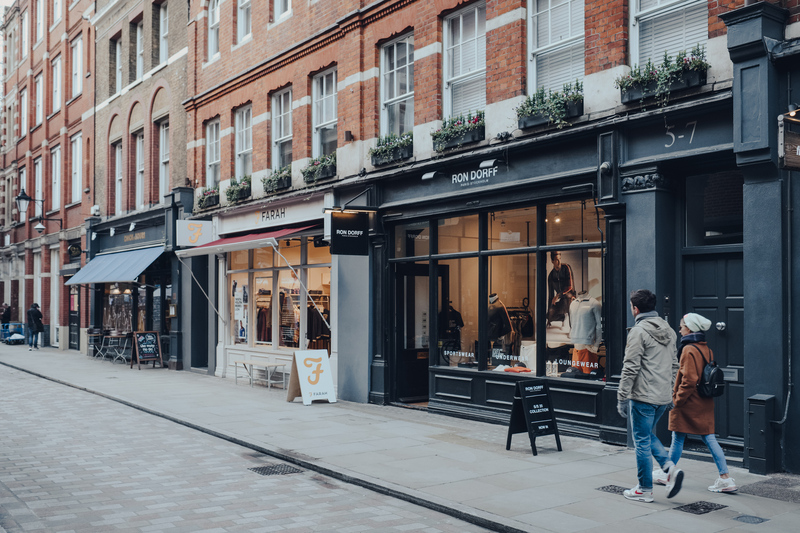1. Creating an Irresistible In-Store Experience
Despite the rise of online shopping, physical stores still play a crucial role in the customer journey. The key is to make in-store shopping an experience that keeps customers coming back. Look at how John Lewis has mastered this—its carefully designed store layout and well-placed experiential zones create an inviting space where customers feel comfortable browsing and making purchases.
The Power of Store Layout & Visual Merchandising
A well-designed store layout isn’t just about looking good—it directly influences sales. Consider Selfridges, which expertly uses open spaces and curated displays to encourage impulse purchases. Thoughtfully arranged product groupings help customers see how items work together, increasing the likelihood of multi-item purchases.
Sensory Marketing: Engage All Five Senses
Think of how Lush engages customers from the moment they step inside. The store’s signature scents, the interactive product testing stations, and the vibrant displays create a memorable shopping experience. Engaging multiple senses creates an emotional connection with your brand, encouraging repeat visits.
Events & Community Engagement
Retailers like Waterstones have successfully positioned their stores as community hubs by hosting book signings, author talks, and reading clubs. Events not only bring people into the store but also help build loyalty, transforming casual visitors into dedicated customers.
2. Strengthening Your Digital Marketing & SEO
A strong digital presence is essential for driving both online and in-store traffic. Retailers like Oliver Bonas use location-based marketing to drive footfall, ensuring that their store details, Google My Business profiles, and social media are optimised for discovery.
Local SEO & Online Visibility
If a potential customer searches for a “boutique clothing shop near me,” will your store appear? Optimising your Google My Business listing, using locally relevant keywords, and gathering positive customer reviews can significantly improve visibility. Neal’s Yard Remedies excels in this area, ensuring that its in-store workshops and sustainable values are clearly communicated online to attract local shoppers.
Social Media & Customer Engagement
Brands like Anthropologie use Instagram and Facebook not just to showcase products but to drive in-store visits. By sharing behind-the-scenes content, exclusive in-store promotions, and influencer collaborations, they create a sense of urgency that encourages customers to visit in person.
3. Leveraging Data & Customer Insights
Understanding your customers’ behaviours can help you tailor your strategies for maximum impact. Marks & Spencer has invested heavily in analysing footfall patterns, using customer insights to redesign store layouts and improve product placement.
Loyalty Programmes & Personalisation
In 2020, 85% of UK consumers said they would switch brands for one that offered a better loyalty programme (Accenture). Look at Boots’ Advantage Card—it’s one of the most successful retail loyalty programmes in the UK. By offering personalised discounts and rewards, Boots ensures that customers keep coming back, knowing they’ll receive benefits tailored to their shopping habits.
Data-Driven Decision Making
Retailers using AI-driven analytics can adapt quickly to changing shopping trends. For example, Tesco Clubcard provides personalised offers based on purchase history, encouraging repeat business and increasing basket size.
4. Adapting to Changing Shopping Behaviours
Customer expectations are shifting, and retailers must evolve. The average UK consumer spends £75 per month on retail goods, with 59% of that spent online (Kantar). This shift highlights the importance of integrating online and offline shopping experiences.
Click-and-Collect & Omnichannel Retailing
Click-and-collect services not only meet customer expectations for convenience but also drive footfall. Retailers like Next have seen an increase in in-store sales from customers picking up online orders and making additional purchases while they’re there.
Competing with Online Giants
Independent retailers may not have Amazon’s scale, but they can focus on personalisation and unique in-store experiences. Liberty London differentiates itself through curated, one-of-a-kind product selections and exceptional customer service, keeping footfall high despite eCommerce competition.
Actionable Retail Review Checklist
Want to boost your sales and footfall? Review these key areas and implement small but effective changes:
- Store Layout & Visual Merchandising – Is your space inviting and easy to navigate?
- Customer Experience & Sensory Marketing – Are you engaging all five senses in-store?
- Local SEO & Google My Business – Is your business easily found online?
- Social Media Strategy – Are you using Instagram, Facebook, and TikTok effectively?
- Loyalty Programmes – Do you reward repeat customers?
- Data & Customer Insights – Are you using analytics to understand shopper behaviour?
- Omnichannel Shopping – Do you offer click-and-collect or seamless online/offline shopping?
- Event & Community Engagement – Are you giving customers a reason to visit in person?
- Competitive Analysis – How do you stand out from online giants like Amazon?
Conclusion
Driving sales and footfall is about more than just having a good product—it’s about creating a retail experience that customers can’t resist. Whether through in-store events, digital marketing, data-driven insights, or adapting to omnichannel shopping habits, the right strategies can make all the difference.
Looking for tailored advice? The Retail Champion provides expert consultancy services to help UK retailers thrive. Get in touch today to discuss how we can support your business growth!
Related Posts

Case Study | Retail Consultancy
Seeing ourselves through a new lens: How our brand strategy workshop changed everything
We often talk to our clients about the importance of strong branding. About showing up consistently, with purpose and clarity. But even experts need a fresh perspective now and then. That’s why we r...

Retail Operations | Retail Management
Navigating Uncertainty: How Retailers Can Build Resilience in a Shifting Economic Landscape
In times of uncertainty, businesses that stay alert, agile and close to their customers are the ones that weather the storm and often come out stronger on the other side....

Retail | Retail Management | Retail Consultancy
People, Place, Purpose: Why Businesses Built on Values Stand the Test of Time
Following my recent presentation to the Co-op – In Conversation: People, Place, Purpose – I’ve been reflecting even more deeply on what makes a business truly sustainable in the long term. In to...

